Jon Anderson of McGowan Lake, Minnesota has been constructing a log cabin on his property that he calls “The Stump Ranch.” Jon has put together an article and pictures to share with us about his project. Jon has a blog called the peelinglogs.blogspot.com and you can follow his progress on it. Here is Jon to tell us about The Stump Ranch.
For some, a log cabin is a shelter from the elements. For others, a cabin is a home built with sweat equity and passion. In my case, a log cabin is simply a diversion that keeps me away from the tequila and pharmaceuticals that are so near and dear to my heart.

I have always loved the outdoors which includes hiking, snowshoeing, backpacking, camping, chainsaw work, and even a little fishing. It seems natural that at some point, I might want to tackle a project or two that aligned with my desire to work outside. Well, I selected building a hand-scribed log cabin. Oh, and of course, I would choose to do so from scratch. Meaning I cut down the trees, peeled the bark with a draw-knife, and then cut and notched the trees with axe, adze, and chainsaw. And, I picked a location to build said cabin that was three miles back in the woods where you there was no power, no services, and no way you could get a vehicle anywhere close. Probably my Swedish heritage… I am very persistent. However, based on my cabin location—intelligence…maybe no much.
I’ve spent the last couple of years building my cabin (The Stump Ranch) near Hinckley, Minnesota. Our 40 acre property is located on a small lake that is way off the beaten path in Pine County. Our place is adjacent to the Mille Lacs Band Indian reservation, state land, county land, and a Wildlife Management Area. So there really are no neighbors and about the only time I run into evidence of others in the area is when the deer and bear hunting seasons are underway.
I access our cabin site via goat-path; there is no power on our site. So, I’ve developed quite a collection of hand tools and had to learn to use them. Generally, I look for functional tools at local antique shops. I’ve found that the old stuff is functional and extremely well made. Not like the junk you buy from Mendard’s these days. I have bit and braces, axes, adzes, saws, planes, and a boring machine that were all made 40 years or more ago that perform better than the things you can buy today. And, normally, I don’t have to pay a whole lot for them.
When I first got started on this project, I read many books such as those listed below:
- Building With Logs, Allan Mackie
- The Owner-Built Log House: Living in Harmony With Your Environment, Allan Mackie
- Log Construction Manual: The Ultimate Guide to Building Handcrafted Log Homes, Robert Wood Chambers
- Building the Alaska Log Home, Tom Walker
Reading these books (well, actually looking at the pictures) gave me a reasonable start on approach and plenty to think about. However, to figure out this operation, I needed a little “hands-on” education. I researched a few log cabin building classes and seminars and then took a 10-day class in Ely, Minnesota at the Great Lakes School of Log Building (www.schooloflogbuilding.com) taught by Ron Brodigan. Ron is an outstanding instructor and the class balanced classroom learning with practical application. After the class, I was reasonably confident that I could tackle a log cabin structure. This is not to say I didn’t make any mistakes. Now that my cabin shell is completed, I know way more than I did when I started and what not to do the next time.
Another source of information that has been valuable to me is the Forestry Forum www.forestryforum.com where I can ask questions associated with tree cutting, timber framing, log arches, or any other relevant topic. I get solid advice from experienced builders, saywers, loggers, and foresters. I think this forum has saved me from myself plenty.
Between 2007 and 2009 I cleared our land, built a bunkhouse, installed a foundation, built my cabin walls, learned to rig, installed the ridge pole, installed the roofing, and started on some of the outbuildings. On occasion, friends and family members have helped. Normally I worked alone. Very few materials have been purchased and I take pride in making the things I need from the resources on our property.
With desire, persistence, and the willingness to take a bit of a risk, anyone could put up a shelter of their own. When I started this endeavor I don’t think I had ever even started a chainsaw. Today, I consider myself a log cabin builder.
If you are interested, you can view a journal or photos of our log cabin building at www.peelinglogs.blogspot.com.
Questions or comments? Feel free to email Jon Anderson at fredrickpwanker@gmail.com

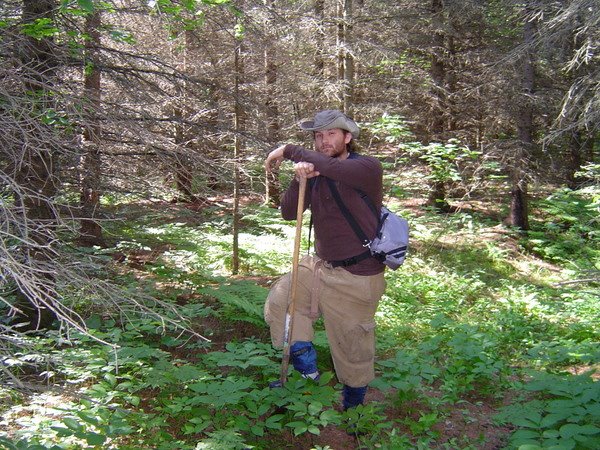
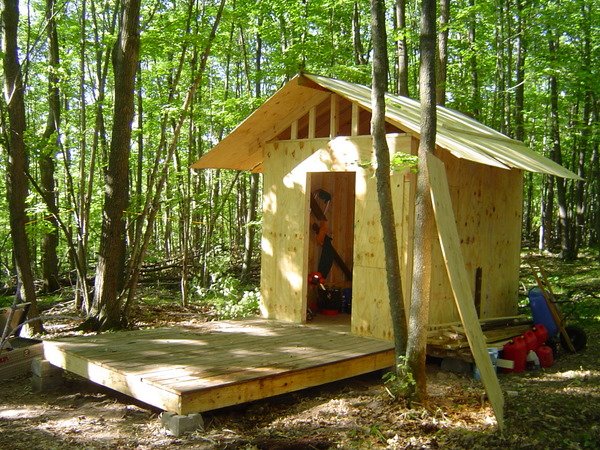
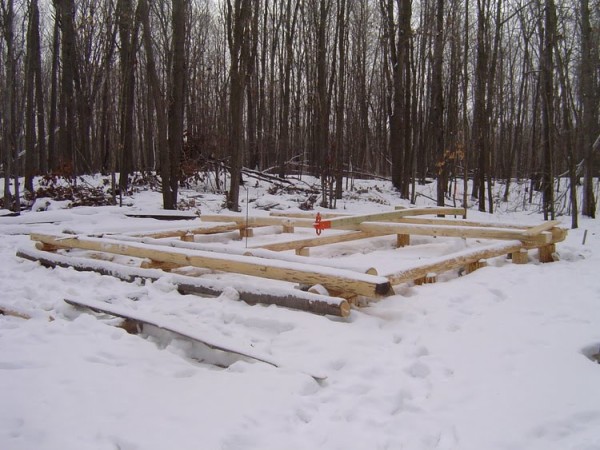
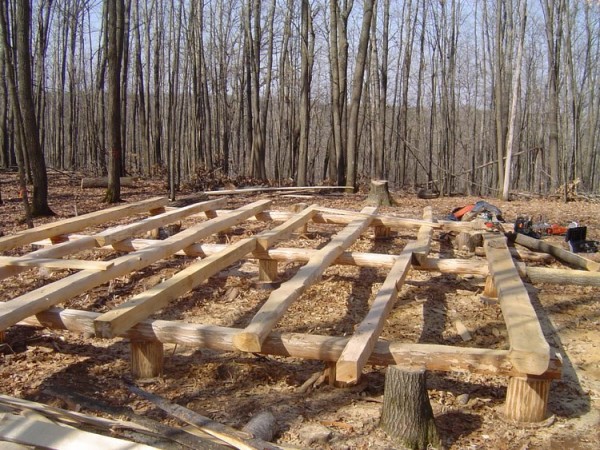
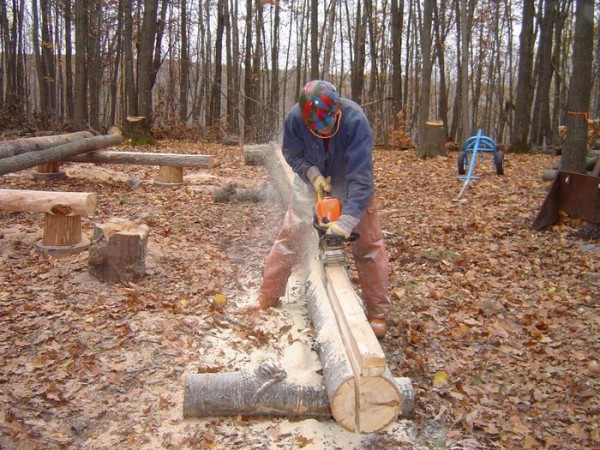
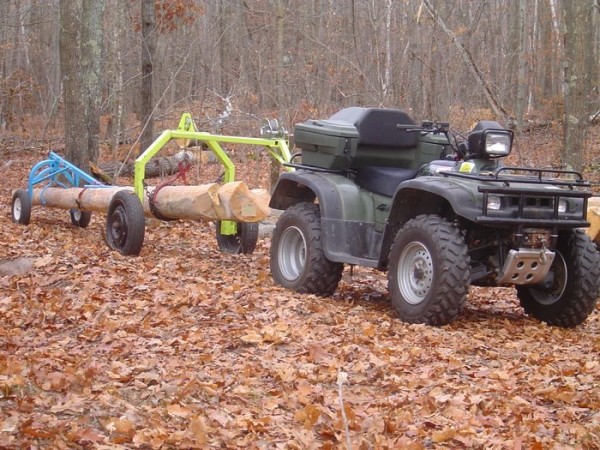

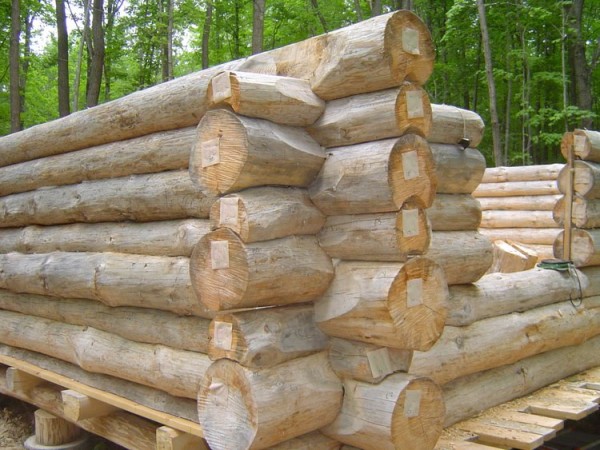
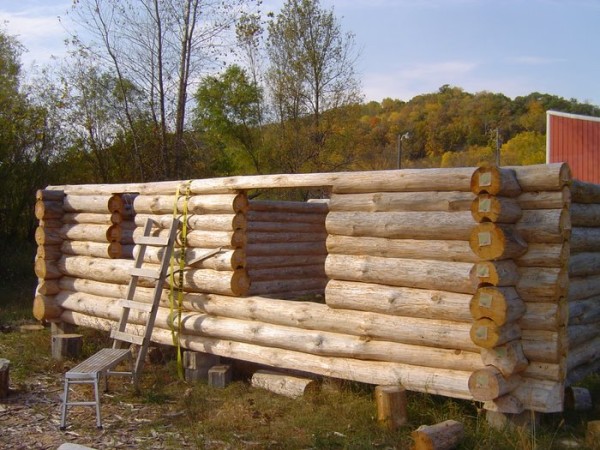

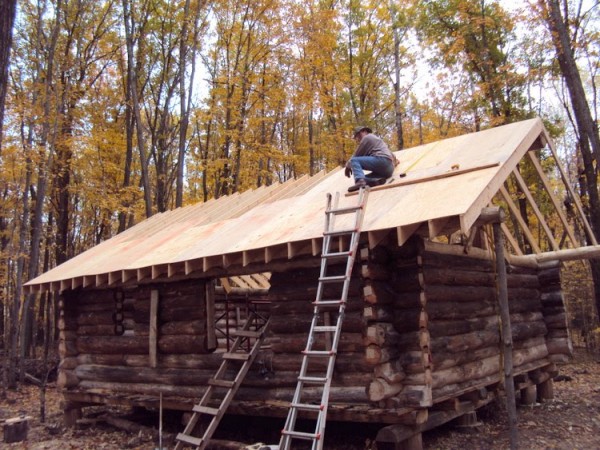
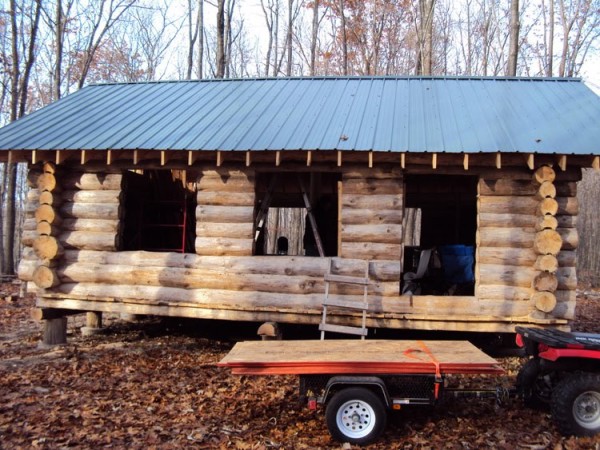

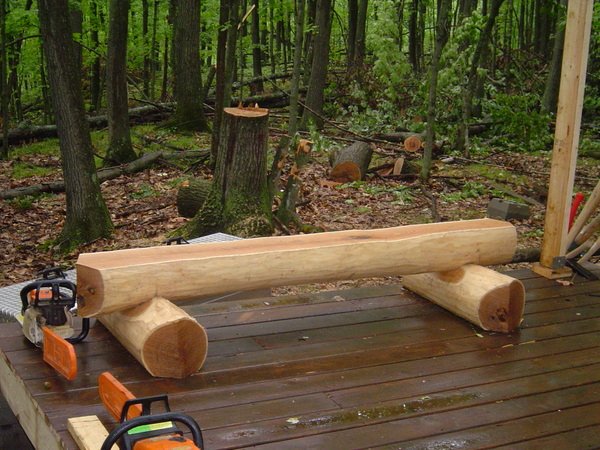
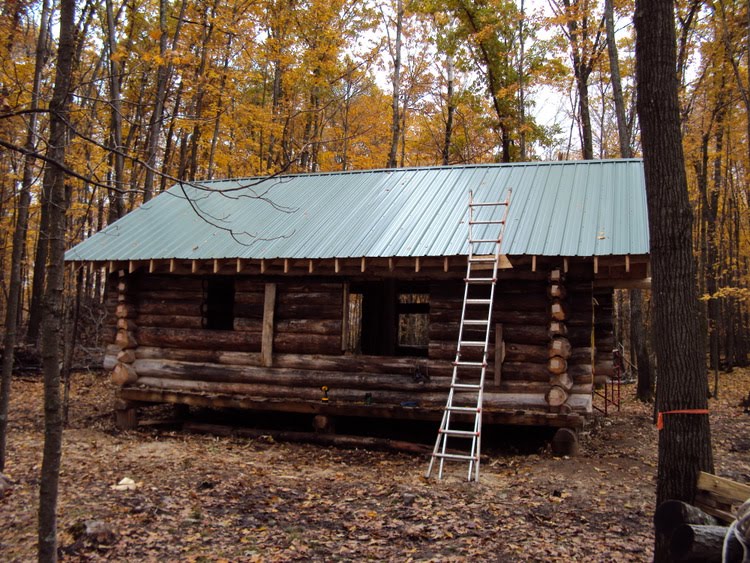
Unbelievable. This guy is my hero. Nice work Jon.
Now if there was a way to convince my wife that this is how life was meant to be lived I’d be good to go!
Nice job.
Yay! This is what my fiance and I want to do too!
I love these posts! Very impressive work.
Yurts, Log Cabins and Timber Frames. There’s nothing more primitive, enchanting and authentic than living in one of these homes. For some reason, I think of Dick Proenneke each time I see a Log Cabin home.
Awesome Job here, I’m 52 now and still want to do this,as much as I ever did, full time! I have been a loyal and faithful servant to 2 companies in the past 25 years, the most recent one, for 15 years, and am looking for my pink slip again any day now, economy related cutbacks loom, I have a plan, and a patch of dirt in two states, I’m SO ready!
Good work and good luck with your recovery. Sure looks like you know how to keep busy. Like the old folks say, idle hands are the devil”s play ground.
I love your little place. Your short article and many pictures provided me with 2 new bits of useful information and 1 philosophy that I agree with. I have been wondering if I could use my chainsaw to plane a log and also the best way to use logs for a pitched roof. Now I know. Also,we are on the same page regarding the state of the economy and how it affects us. I lost my job almost a year ago and since then have gotten rid of just about all my debt. I’m still whittling things with the goal of living on practically nothing. I am putting up a 12 x 16 papercrete building. That with a separate (avoid permits) bath house should be all I need.
I am glad folks enjoyed the article and website. The Jon above is another contributor.
The best method I’ve found for ripping a log with a chainsaw is use of an a Alaskan Mill http://peelinglogs.blogspot.com/2009/02/ripping-beams.html. If you invest in square ground skip chain, it will go much faster. Square ground cuts like a beaver on steroids.
You can cut free hand and brush and plane the surface with the saw when you are done. Works well enough.
Jon Anderson
Jon: You will never regret building your cabin. I met my husband 30 years ago, we built a log cabin (which took us 6 years) and it’s still one of the prettiest things around this countryside. Keep up the good work, Jon!
this is so impressive.
Do you fill the gaps with anything ( between the logs) I have always wondered about that.
regards
Sue
Lateral grooves are cut in the hand-scribed cabin logs so they fit perfect; no chinking is needed. As the building settles, the walls only get tighter (you do have to account for settling for your windows, doors, and vertical posts). Years ago, you might stuff the groove with moss or some other material to insulate the logs.
To get a little extra insulation on my cabin I used wool rope and product called em seal (asphalt-impregnated log sealant tape).
You can see how these productes were intalled at the following URL:
http://peelinglogs.blogspot.com/2009/06/started-log-walls.html
These materials and a grunch-load of logging supplies are available at Schroeder Log Home Supply.
http://www.loghelp.com
I use Schroeder Log Home Supply quite often and I would highly recomend them to any log builder.
This is such a serene place to stay where your home is surrounded by trees and you could take a swim at the lake every morning. You’ve done a great job with this log cabin! It’s a perfect shelter during the winter.
Love the portrait shot in the poison ivy.